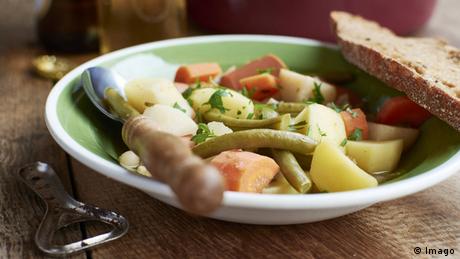Soylent recently recalled its food bar (and we use the term “food” loosely here) after dozens of complaints emerged that the product was causing nausea, diarrhea, vomiting, and other symptoms.
幾十個投訴出現了這產品是導致噁心, 腹瀉, 嘔吐, 和其他的症狀.
The Silicon Valley food fad may have a dark, upset underbelly—but its…
TECHNOLOGYREVIEW.COM|由 MICHAEL REILLY 上傳
The company that manufactures the bars for Soylent insists that food-borne illness is not to blame, and that people may just be “intolerant” of one or another of the many processed ingredients in the bars. That may be, but as
a recent piece in the New Yorker points out, Soylent’s unappealing taste and a few cases of gastrointestinal distress can’t compare to the wrongheadedness of the new food tech movement in general:
The problem with all this food-2.0 stuff isn’t that it sometimes tastes horrible but that it misses the mark on how our eating is evolving. The tech world approaches food from the perspective of engineering: a defined problem to be solved, with the right equations, formulas, compounds, and brainpower. Soylent was developed by its creator, Rob Rhinehart, to compress all the nutrition the human body needs to live into one single, easily digestible formula, like the twenty-first-century version of manna. But that is fundamentally the opposite of the way we increasingly want to eat in America and in much of the developed world.
When you look at the recent arc of food culture, the most significant food movement is the purposeful pushback against the postwar industrial food system, a system that was the food futurism of its day.
Several years ago, food author and slow-food advocate Michael Pollan
advised us to “eat food.” That simple premise was meant to help us fish a healthy, nutritious diet from the sea of “food-like substances” that populate modern grocery stores shelves. It wasn’t a rebuke of the new flavor of Silicon Valley-funded food tech. But it may as well have been—nothing could be further from what someone is doing by ingesting a Soylent product (whose adherents have been known to describe themselves as “post-lunch”).
As it turns out, it might also be good advice if you’re looking to avoid a stomach ache.






